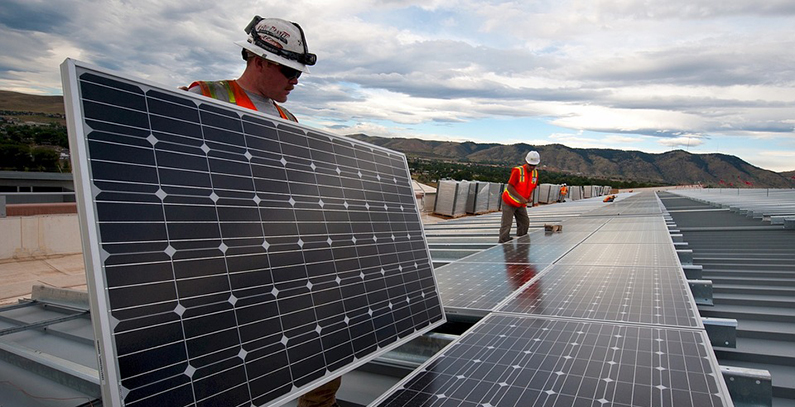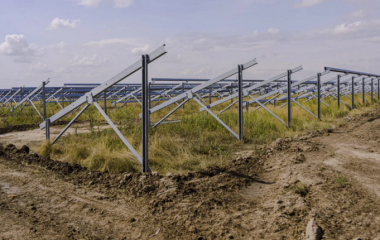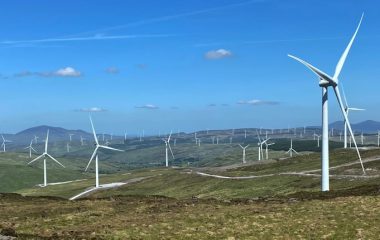
Photo: Pixabay
Slovenia paid EUR 143.5 million in subsidies to renewable energy producers in 2017, down 2% compared to 2016, the Ministry of Infrastructure said.
The subsidized electricity output of a total of 3,864 facilities reached 944.9 GWh last year, a decrease of 6% against 2016.
Of the total subsidy amount, the biggest chunk, EUR 70.9 million, was paid to solar plants, for 279.1 GWh, as EUR 29.2 million went to fossil fuel-powered combined heat and power (CHP) plants, for 295.4 GWh.
A further EUR 19 million was doled out to wood biomass-fired plants, for 129.8 GWh; EUR 16.7 million to biogas facilities, for 126.9 GWh; EUR 6 million to hydropower plants, for 103 GWh; EUR 0.35 million to wind farms, for 5.7 GWh; and EUR 1.3 million to other facilities, for 5.7 GWh.
The average subsidy amount went up 4% year-on-year to EUR 151.9per MWh.
The subsidy scheme is an EU-approved state aid instrument aimed at helping Slovenia reach the national renewable energy target of 25% by 2020. The share stood at about 21% at the end of 2016.
In January, the Slovenian Energy Agency selected 93 projects with an installed capacity of 98 MW, which will receive incentives for electricity production from renewable energy sources and CHP.









Be the first one to comment on this article.